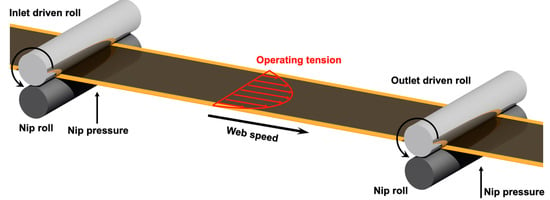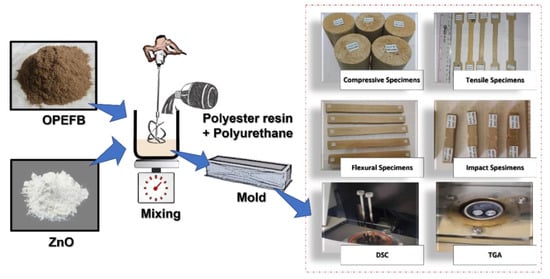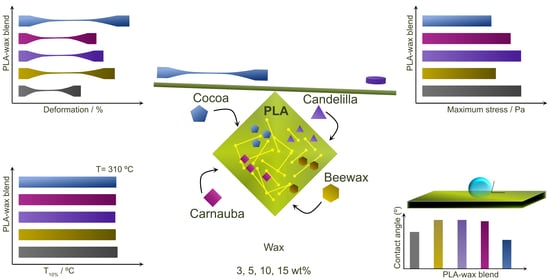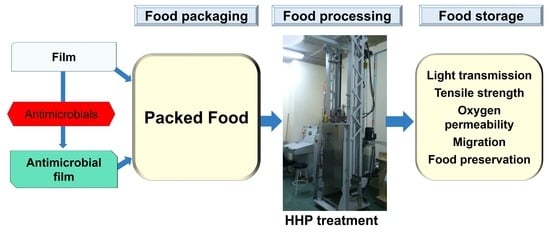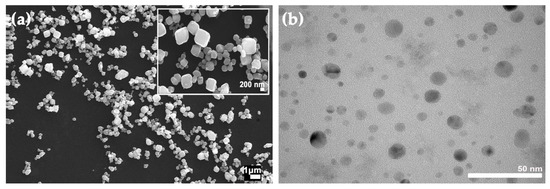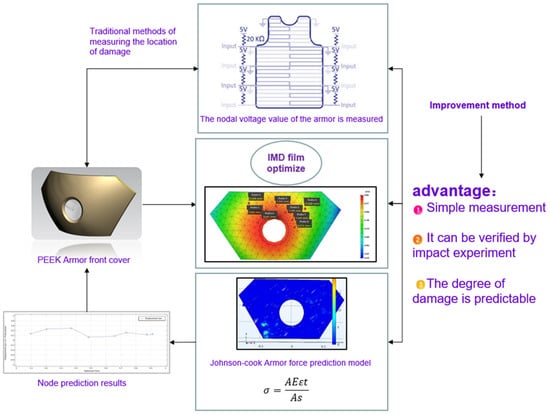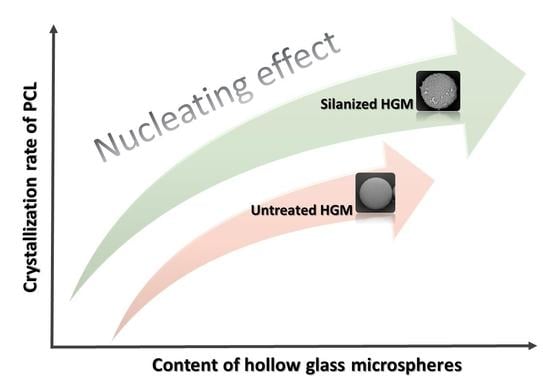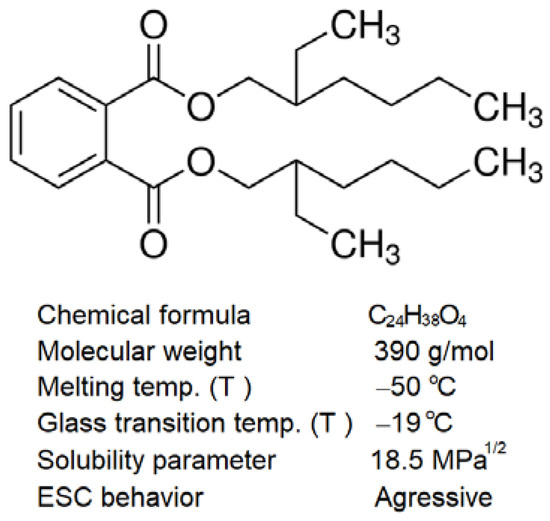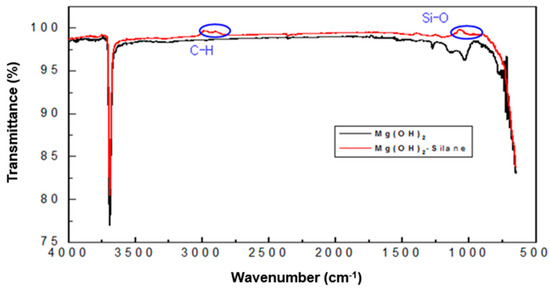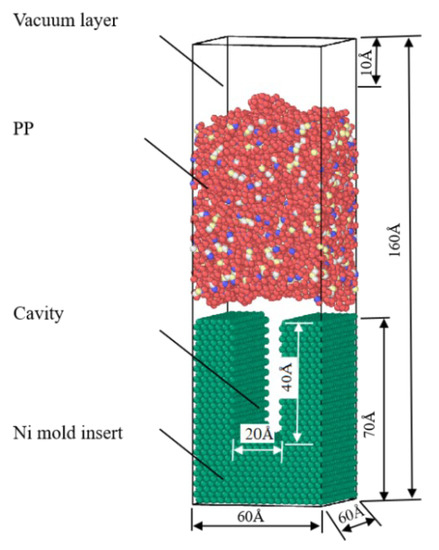Feature Papers in Polymer Processing and Engineering
A topical collection in Polymers (ISSN 2073-4360). This collection belongs to the section "Polymer Processing and Engineering".
Viewed by 23398Editor
Interests: lasers (high power); laser-materials interactions; laser based advanced manufacturing; powder bed fusion; additive manufacturing; 3D printing
Special Issues, Collections and Topics in MDPI journals
Topical Collection Information
Dear Colleagues,
This topic collection from the open-access journal Polymers aims to collect original research articles, reviews, and communications on the topic of Polymer Processing and Engineering. All research performed on polymeric materials, such as innovative products, fabrication methods, and characterization techniques is included within the scope.
The topics of this collection include, but are not limited to, these topics:
- Innovations in existing processes and fabrication methods
- Additive manufacturing and 3D printing
- Bio-printing and bio-fabrication
- Sustainable polymers and processing
- New polymer design and synthesis
- Coating and thin films
- Feedstock preparation
- Polymer matrix composites
- Surface treatments and modification
- Process control and qualification
- Simulation and optimization of processes and material designs
- Products testing and analysis
- Polymer rheology and mechanical properties.
Dr. Swee Leong Sing
Collection Editor
Manuscript Submission Information
Manuscripts should be submitted online at www.mdpi.com by registering and logging in to this website. Once you are registered, click here to go to the submission form. Manuscripts can be submitted until the deadline. All submissions that pass pre-check are peer-reviewed. Accepted papers will be published continuously in the journal (as soon as accepted) and will be listed together on the collection website. Research articles, review articles as well as short communications are invited. For planned papers, a title and short abstract (about 100 words) can be sent to the Editorial Office for announcement on this website.
Submitted manuscripts should not have been published previously, nor be under consideration for publication elsewhere (except conference proceedings papers). All manuscripts are thoroughly refereed through a single-blind peer-review process. A guide for authors and other relevant information for submission of manuscripts is available on the Instructions for Authors page. Polymers is an international peer-reviewed open access semimonthly journal published by MDPI.
Please visit the Instructions for Authors page before submitting a manuscript. The Article Processing Charge (APC) for publication in this open access journal is 2700 CHF (Swiss Francs). Submitted papers should be well formatted and use good English. Authors may use MDPI's English editing service prior to publication or during author revisions.
Keywords
- innovations in existing processes and fabrication methods
- additive manufacturing and 3D printing
- bio-printing and bio-fabrication
- sustainable polymers and processing
- new polymer design and synthesis
- coating and thin films
- feedstock preparation
- polymer matrix composites
- surface treatments and modification
- process control and qualification
- simulation and optimization of processes and material designs
- products testing and analysis
- polymer rheology and mechanical properties







